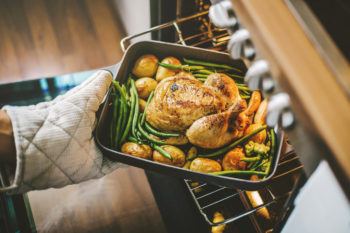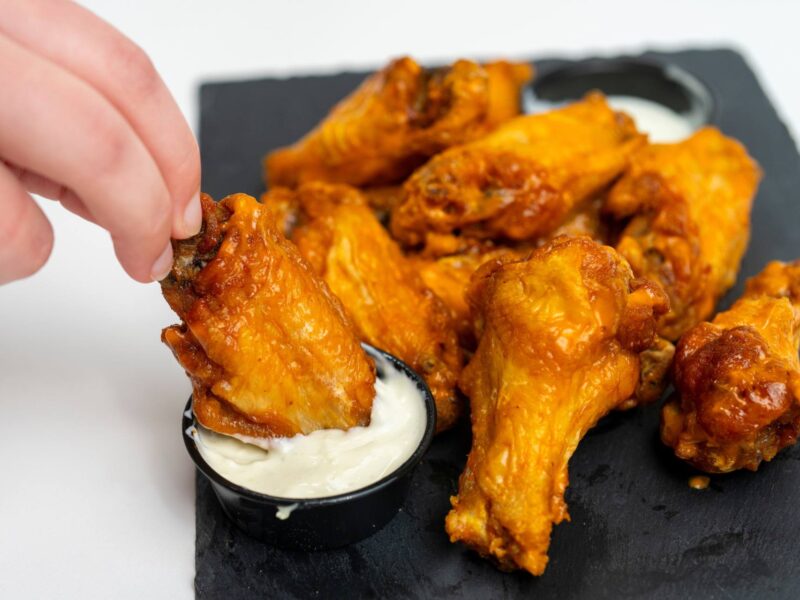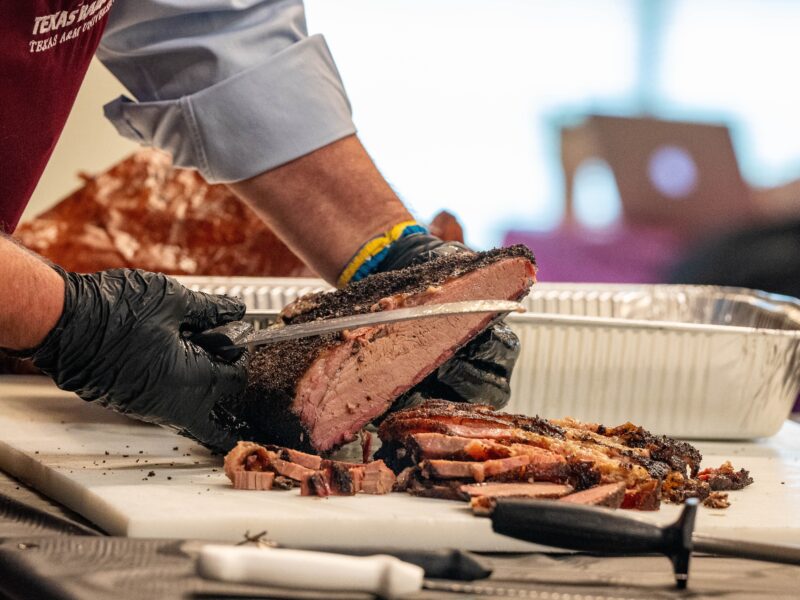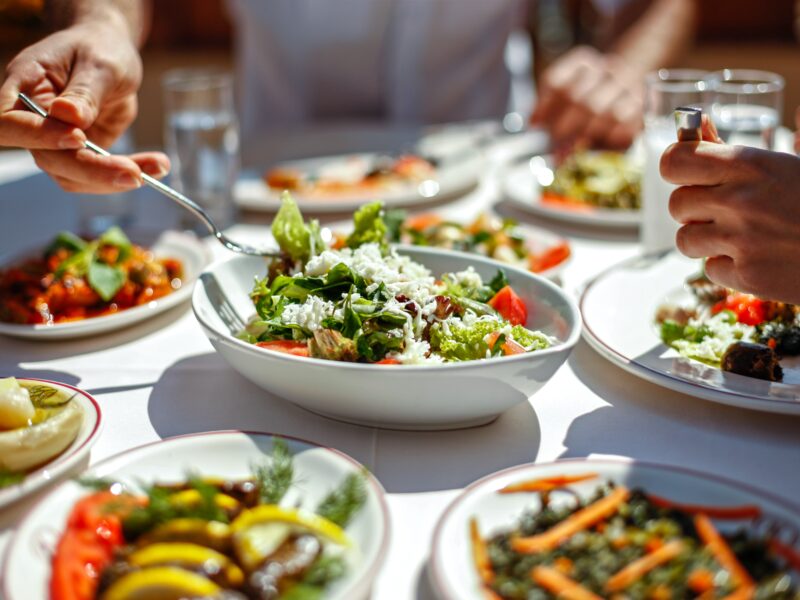Seven Cooking Tips For A Healthier Thanksgiving
Holiday meals can be healthier and taste just as good by using some basic recipe substitutions or alterations, said an expert in the Department of Nutrition and Food Sciences at Texas A&M University, College Station.
Reducing fat, sugar, calories in traditional recipes
“The sugar, fat or sodium content of many holiday recipes can be reduced without a noticeable difference in taste,” said Jenna Anding, Ph.D., Texas A&M AgriLife Extension Service specialist, College Station. “For example, if a recipe calls for a cup of sugar, try using three-fourths or two-thirds of a cup. If it calls for a half-cup of oil, shortening or other fat, try one-third cup instead.”
Anding, who currently serves as principal investigator for AgriLife Extension’s Better Living for Texans program and whose programming efforts are directed toward nutrition and food safety, also suggested using reduced-fat or non-fat cheese, milk, cream cheese, cottage cheese, yogurt or mayonnaise instead of higher-fat counterparts like regular cheese or cream.
“For mashed potatoes, try using defatted broth instead of butter to reduce both fat and calories,” she said.
Anding said modifying more complicated recipes may not always produce the desired texture, so it’s best to test the recipe on friends or family before going “all in” with a revised recipe.
Keeping traditional holiday foods nutritious
Many traditional holiday foods can be healthy and nutritious choices, so long as they are not embellished in ways that take away from their innate nutritional value, she said.
Minor changes could make big difference
Holiday meals can be healthier and taste just as good by using some basic recipe substitutions or alterations, said an expert in the Department of Nutrition and Food Sciences at Texas A&M University, College Station.
Reducing fat, sugar, calories in traditional recipes
“The sugar, fat or sodium content of many holiday recipes can be reduced without a noticeable difference in taste,” said Jenna Anding, Ph.D., Texas A&M AgriLife Extension Service specialist, College Station. “For example, if a recipe calls for a cup of sugar, try using three-fourths or two-thirds of a cup. If it calls for a half-cup of oil, shortening or other fat, try one-third cup instead.”
Anding, who currently serves as principal investigator for AgriLife Extension’s Better Living for Texans program and whose programming efforts are directed toward nutrition and food safety, also suggested using reduced-fat or non-fat cheese, milk, cream cheese, cottage cheese, yogurt or mayonnaise instead of higher-fat counterparts like regular cheese or cream.
“For mashed potatoes, try using defatted broth instead of butter to reduce both fat and calories,” she said.
Anding said modifying more complicated recipes may not always produce the desired texture, so it’s best to test the recipe on friends or family before going “all in” with a revised recipe.
Keeping traditional holiday foods nutritious
Many traditional holiday foods can be healthy and nutritious choices, so long as they are not embellished in ways that take away from their innate nutritional value, she said.
“A holiday favorite, the sweet potato, contains fiber as well as vitamins A and C,” she noted. “A medium-sized baked sweet potato contains about 100 calories, but many people add sugar, butter and other ingredients, which really ups the calorie count. A baked sweet potato with a little bit of brown sugar and cinnamon is a far healthier option than one topped with butter, sugar or marshmallows.”
Fresh cranberries are another healthy option for holiday recipes, Anding said. Unlike canned cranberries or cranberry sauce, which often contain added sugar, fresh cranberries are naturally healthful. They contain phytonutrients and have anti-inflammatory properties that can promote health and may reduce the risk of disease.
“Adding fresh cranberries to salads and baked items such as muffins, cookies and pies is also a good way to sneak in some extra nutrition and flavor,” she said.
Choose cooking methods that promote healthier eating
Anding also suggested leaving the skin on a turkey while cooking it but then removing the skin after cooking to reduce the overall fat content.
“For holiday vegetable dishes, the healthiest method of cooking is either steaming or roasting the vegetables using a small amount of oil or cooking spray,” she said. “And adding herbs and spices can enhance flavor without adding fat or calories.”
Keep up your health during holidays: a balance is key
However, she noted, even with healthier ingredients and preparation techniques, it’s important to show restraint when eating holiday meals.
“The holidays provide more opportunities to eat due to social gatherings, office parties and other festivities,” Anding said. “You can expect you’ll take in some extra calories during the holidays, but try to plan accordingly so you can keep your calorie intake in check. And don’t forget to schedule in some type of physical activity to help burn off those extra calories. Take a walk or do some light exercise.”
For more information about healthful recipe substitutions, see the AgriLife Extension publication Altering Recipes for Good Health.
This article by Paul Schattenberg originally appeared in AgriLife Today.






